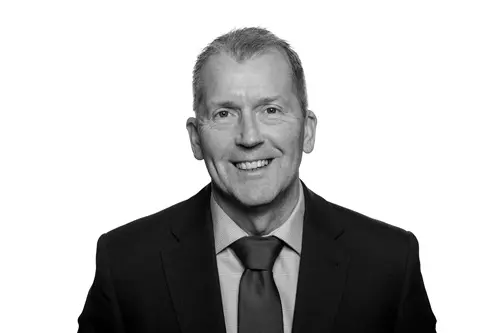Ransomware attacks are becoming increasingly prevalent. While recent headlines may have highlighted ‘big business’ being attacked, cyber criminals are indiscriminate in the size of organisation they target.
Opinion
Don’t get held to ransom over safety data
Ransomware attacks occur when cyber criminals gain access to an IT system, often through a ‘back door’ or simply by someone clicking on a phishing link in an email. They navigate through the system, infecting it with malware, before striking and encrypting the entire system. This can paralyse a business unless adequate backups are in place. Not only is business continuity affected, but the information on the IT system can be exploited.
Recent experience shows that the cyber criminals can drip feed ‘proof of life’, showing the victim organisation what information they have taken from the IT systems. Cyber criminals recognise that personal data is a valuable asset.
The legal consequences
Data protection legislation requires any ‘data controller’ affected by a personal data breach to notify the ICO (Independent Commissioner’s Office) within 72 hours of becoming aware of it, unless it is unlikely to affect the rights and freedoms of the people concerned. Failure to do so could result in fines being imposed. However, if the breach results in a ‘high’ risk to the individuals, they also need to be told about it directly, without undue delay.
 Laura Gillespie is a partner in the Pinsent Masons’ Litigation and Regulatory Compliance team, specialising in data privacy and cyber security matters.
Laura Gillespie is a partner in the Pinsent Masons’ Litigation and Regulatory Compliance team, specialising in data privacy and cyber security matters.
Health and safety professionals often hold sensitive or ‘special category’ information, given the nature of their roles. If very sensitive information ends up in the hands of a cyber criminal, this could increase the risk to the individual – either because of the risk of socially-engineered identity fraud or the loss of very sensitive and confidential medical information.
As such, there can be a greater risk that information held by health and safety professionals could trigger the ‘high risk’ threshold if it gets into the hands of a cyber criminal.
People affected by data breaches have the right to claim compensation. The Supreme Court is currently considering the extent of that right in the case of Lloyd v Google LLC, but it is clear that if a ransomware attack occurs, the cost to the affected business may not just be business continuity, reputation or regulatory fines, but also claims for compensation.
How to protect against ransomware
As with any compliance programme, prevention is the best form of protection. Ensuring that regular reviews of IT ‘patches’ and security updates are run is crucial, along with back-ups which have been tested. Implementing multi-factor authentication can be another useful way to add an extra layer of protection and organisations should seek to ensure that any very sensitive information is sufficiently segregated and encrypted on the system.
Incident response plans will be key but if they are stored on encrypted IT systems they may be inaccessible. Pinsent Masons has devised Cyturion, which is a remotely-hosted cyber response tool. This provides a tailored response process and is accessible from anywhere, even when systems are unavailable.
Laura Gillespie is a partner in the Pinsent Masons’ Litigation and Regulatory Compliance team, specialising in data privacy and cyber security matters.
For guidance on the UK General Data Protection Regulation (UK GDPR) see: ico.org.uk/for-organisations
OPINION

How to create a neuroinclusive workplace
By John Robinson, Schofield Sweeney on 09 December 2025
The modern workplace is a diverse environment. Most workforces will be made up of individuals representing the majority of the groups protected under the Equality Act 2010.

Don’t lose autism in the neurodiversity wave – why targeted reform is essential
By Rt Hon Sir Robert Buckland KBE KC on 03 December 2025
Autistic adults have waited too long for meaningful reform. They have shared their experiences and expertise. Now they deserve action, accountability, and transformation.

Inclusion saves lives: embedding equality, diversity and inclusion (EDI) into global occupational safety and health
By Umer Changaiz, CMIOSH on 03 December 2025



